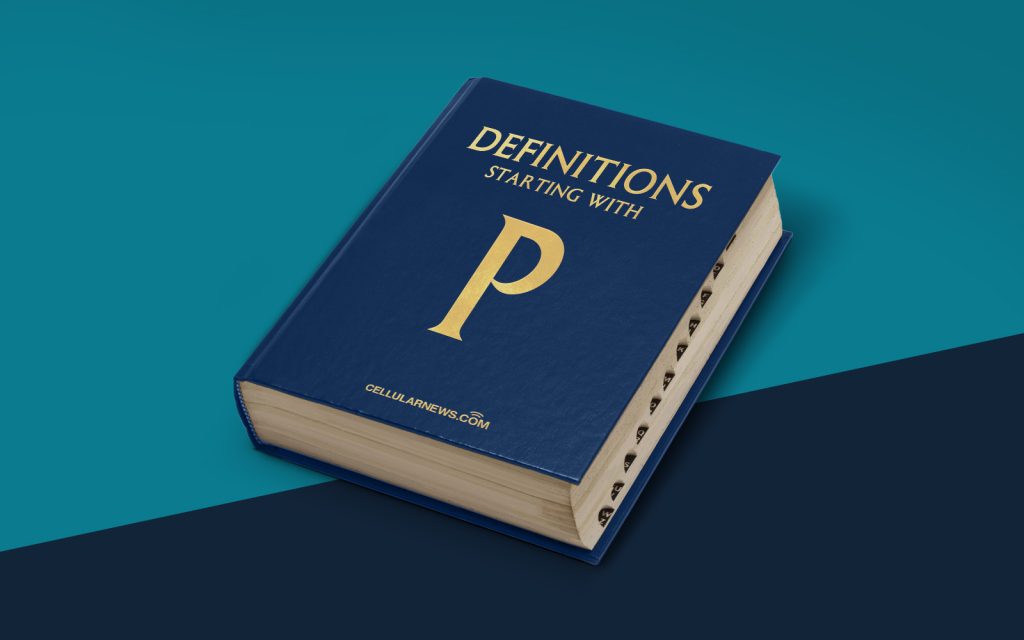
Understanding Proof of Work (PoW)
Are you curious about what Proof of Work (PoW) is? You’ve come to the right place! In this article, we will demystify the concept of Proof of Work in a way that even a beginner can understand. So, let’s dive right in!
Key Takeaways:
- Proof of Work is a consensus mechanism used in blockchain technology to verify and validate transactions.
- Miners compete against each other to solve complex mathematical puzzles in order to add new blocks to the blockchain.
The Concept of Proof of Work
In the world of cryptocurrencies and blockchain technology, Proof of Work (PoW) holds significant importance. It serves as a consensus mechanism that ensures the security and integrity of the blockchain network. But how does it work? Let’s break it down for you.
At its core, Proof of Work requires participants, known as miners, to solve complex mathematical puzzles. This process of solving puzzles is resource-intensive and time-consuming, making it difficult for malicious actors to manipulate the blockchain network. Here’s how the process unfolds:
- Transactions are grouped together into blocks, and these blocks are added to the blockchain.
- Miners compete against each other to solve a puzzle related to the transactions in a block.
- To solve the puzzle, miners need to find a hash value that meets specific criteria.
- The miner who finds the correct hash first gets to add the block to the blockchain and is rewarded with new cryptocurrency coins.
- Once the block is added to the blockchain, other miners can easily verify its validity by running the same puzzle-solving algorithm.
By requiring miners to invest computational power and energy into solving puzzles, Proof of Work adds a layer of security to the blockchain network. The difficulty of the puzzles can be adjusted to maintain a consistent block creation time, regardless of the total computational power in the network. This prevents any single entity from monopolizing control over the blockchain.
However, it’s worth mentioning that Proof of Work does have its downsides. The resource-intensive nature of the process consumes a significant amount of energy, making it environmentally unfriendly. Additionally, as more miners join the network, the difficulty of the puzzles increases, which in turn requires even more computational power and energy.
In Conclusion
Proof of Work is a critical component of many blockchain networks, including Bitcoin and Ethereum. By requiring miners to solve complex puzzles, it ensures the security and immutability of the blockchain. However, it’s important to consider the environmental impact and scalability challenges associated with Proof of Work. As the blockchain industry evolves, we may see the emergence of alternative consensus mechanisms that address these concerns.
